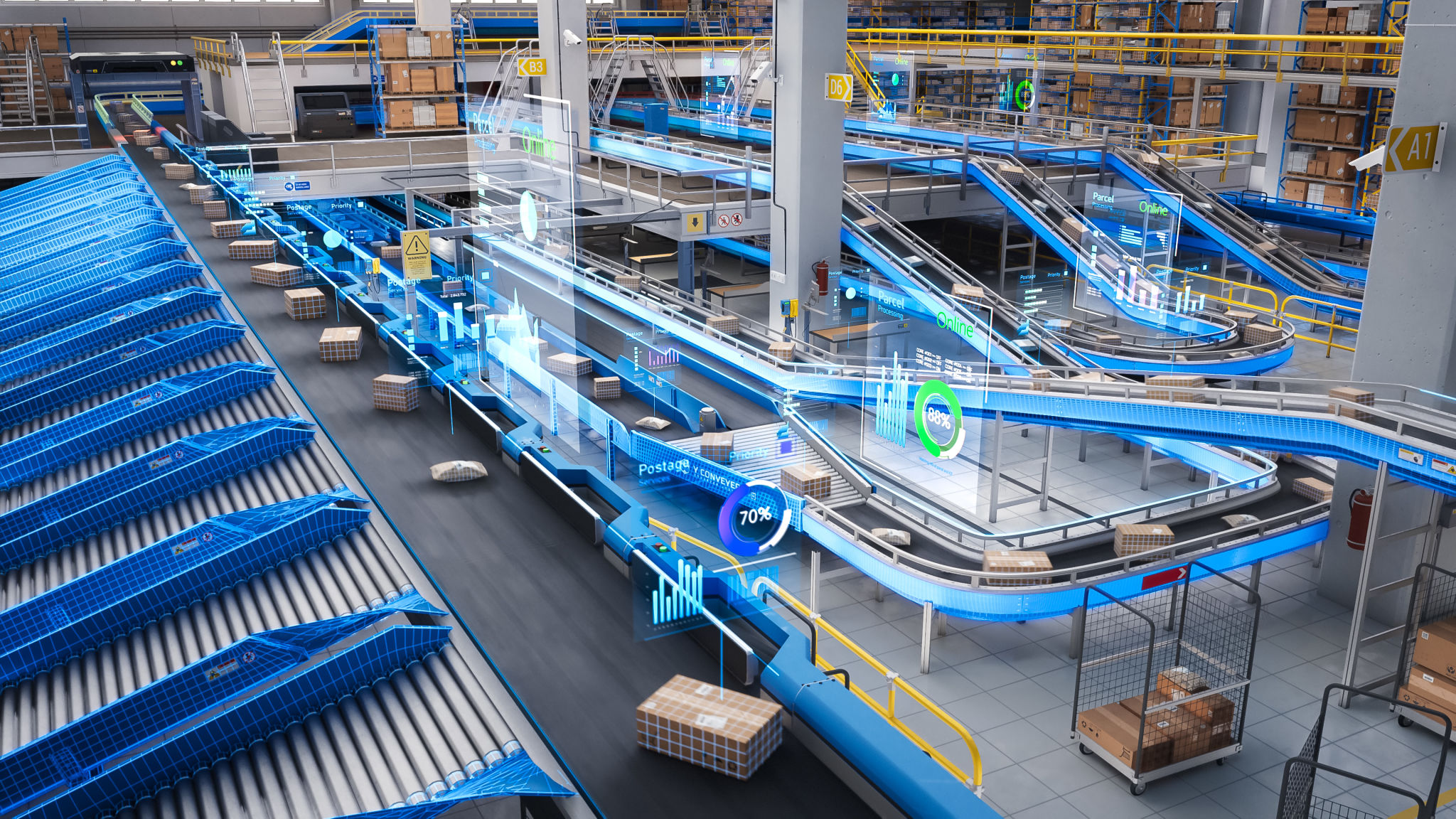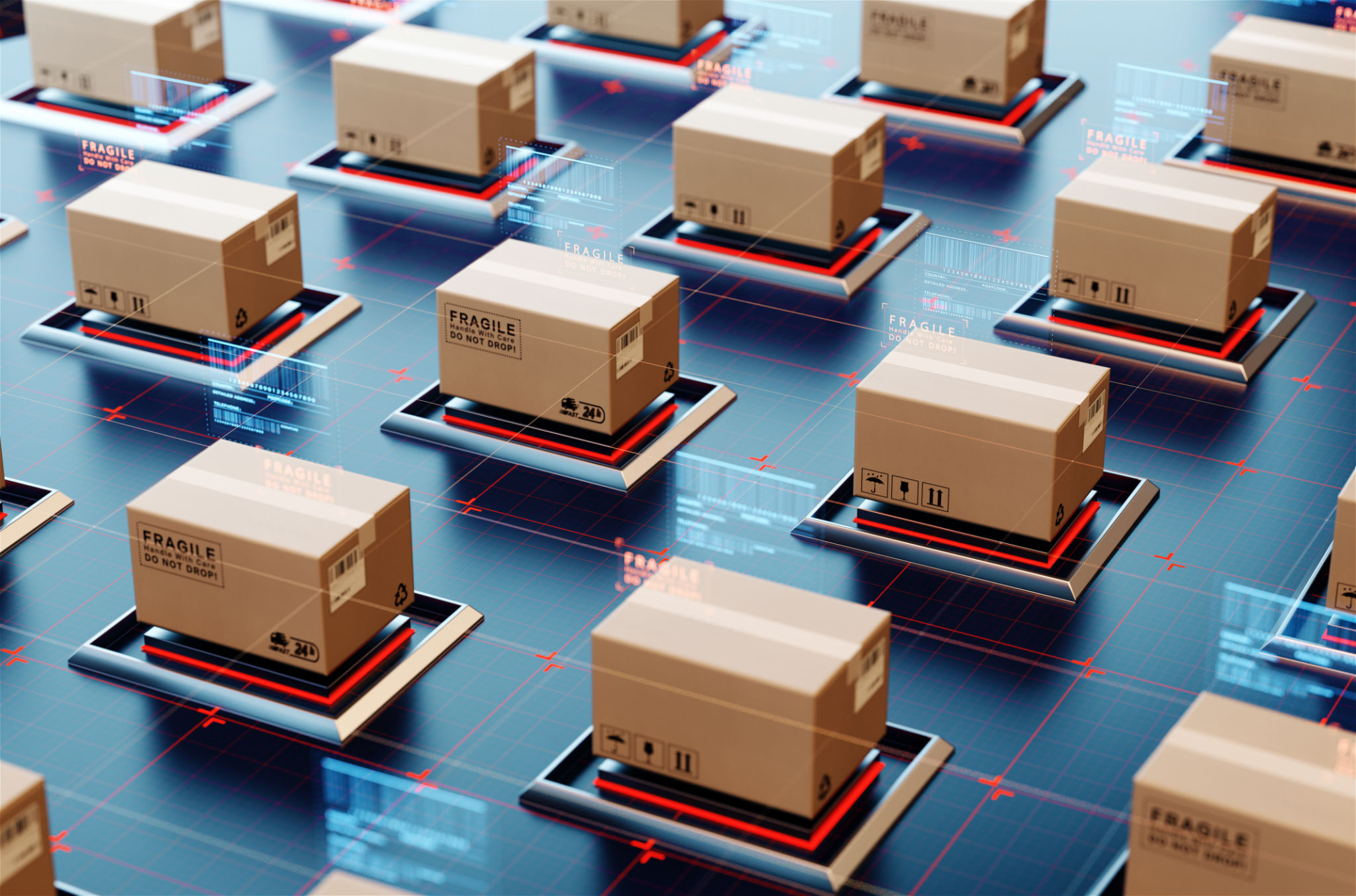Understanding Digital Transformation in Logistics: A Guide for Beginners
What is Digital Transformation in Logistics?
Digital transformation in logistics refers to the integration of digital technologies into all areas of logistics and supply chain management. This transformation is not just about adopting new technologies, but also about changing the way logistics operations are managed. The goal is to enhance efficiency, improve customer service, and increase the competitive advantage of logistics companies.
In recent years, the logistics industry has seen a surge in the adoption of digital tools like the Internet of Things (IoT), artificial intelligence (AI), and blockchain. These technologies are revolutionizing how logistics companies operate, offering unprecedented opportunities to streamline processes and reduce costs.

Key Technologies Driving Digital Transformation
Internet of Things (IoT)
The IoT is a network of interconnected devices that communicate and exchange data. In logistics, IoT enables real-time tracking of shipments, allowing companies to monitor the location, temperature, and condition of goods throughout the supply chain. This increased visibility helps in reducing delays and improving operational efficiency.
Artificial Intelligence (AI) and Machine Learning
AI and machine learning are being used to optimize routing, predict demand, and enhance decision-making processes in logistics. By analyzing large volumes of data, these technologies can identify patterns and provide insights that help logistics managers make informed decisions. This leads to more efficient resource allocation and improved customer satisfaction.

The Role of Blockchain in Logistics
Blockchain technology offers a transparent and secure way to record transactions across the supply chain. It provides an immutable ledger that can be accessed by authorized parties, ensuring data integrity and reducing the risk of fraud. In logistics, blockchain can streamline processes like contract management, payment settlements, and shipment tracking.
Moreover, blockchain enhances trust among stakeholders by providing a single source of truth. This transparency reduces disputes and facilitates smoother collaboration between different partners in the supply chain.

Benefits of Digital Transformation
The benefits of digital transformation in logistics are numerous. Companies that embrace these changes can expect:
- Improved Efficiency: Automation and real-time data allow for faster decision-making and reduced manual intervention.
- Cost Reduction: Optimized operations lead to lower transportation costs and minimized wastage.
- Enhanced Customer Experience: With better tracking and faster delivery times, customer satisfaction increases.
- Increased Agility: Digital tools enable companies to quickly adapt to market changes and customer demands.
Challenges in Implementing Digital Transformation
Despite the numerous benefits, digital transformation in logistics poses several challenges. One major hurdle is the initial investment required for technology adoption. Many companies may find it difficult to justify the costs without seeing immediate returns.
Additionally, there is a need for skilled personnel who can manage and operate these advanced technologies. This often requires retraining current staff or hiring new employees with specialized skills. Furthermore, integrating new technologies with existing systems can be complex and time-consuming.
Steps to Begin Your Digital Transformation Journey
Beginners looking to start their digital transformation journey should consider these steps:
- Assess Current Processes: Understand your current operations to identify areas where digital tools can add value.
- Set Clear Objectives: Define what you aim to achieve with digital transformation, whether it's cost reduction, improved efficiency, or enhanced customer service.
- Select the Right Technologies: Choose technologies that align with your objectives and can be integrated smoothly into your existing systems.
- Create a Roadmap: Develop a step-by-step plan for implementing these technologies, including timelines and milestones.
- Train Your Team: Ensure your staff is equipped with the necessary skills to use new technologies effectively.

By understanding these key components and challenges, logistics companies can better navigate their digital transformation journey. Embracing technology is crucial for staying competitive in today's fast-paced business environment.
